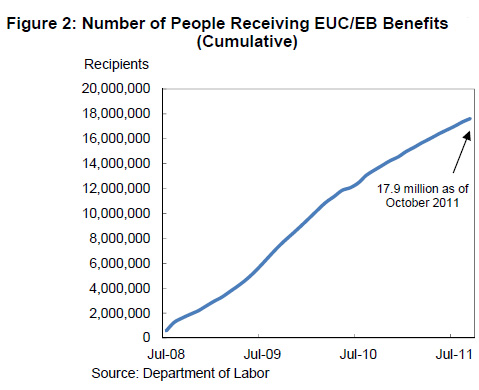At U.S. Steel, the net loss was $50 million, or 35 cents a share, compared with a loss of $211 million, or $1.46 a share, in the period a year earlier. Revenue fell 6.9 percent, to $4.49 billion.
Excluding items, the loss was 41 cents a share. Analysts had expected a loss of 75 cents a share on revenue of $4.35 billion, according to Thomson Reuters.
AK Steel’s net loss widened to $230.4 million, or $1.89 a share, compared with $193.9 million, or $1.76 a share, in the period a year earlier. But the results beat analysts’ estimates. Revenue fell 6 percent, to $1.42 billion.
Global steel demand is expected to rise 3.2 percent this year, compared with projected growth of 2.1 percent in 2012, the World Steel Association said in its most recent forecast in October.
China, the world’s biggest steel producer and consumer, will account for most of the increase in 2013, the association said.
“Steel buyers in North America continued to exhibit caution early in the year, but recent increases in our daily order entry rates suggest increased spot market demand as the quarter progresses,” John P. Surma, the chief executive of U.S. Steel, said in a statement.
AK Steel’s raw material and energy costs are expected to decline by $150 million in 2013, its chief executive, James L. Wainscott, said in a conference call with analysts.
Shares of U.S. Steel fell 52 cents, or 2.2 percent, to $23.20, while AK Steel fell 8 cents, or 2 percent, to $4.03.
Article source: http://www.nytimes.com/2013/01/30/business/us-steel-and-ak-steel-report-losses-but-top-forecasts.html?partner=rss&emc=rss
